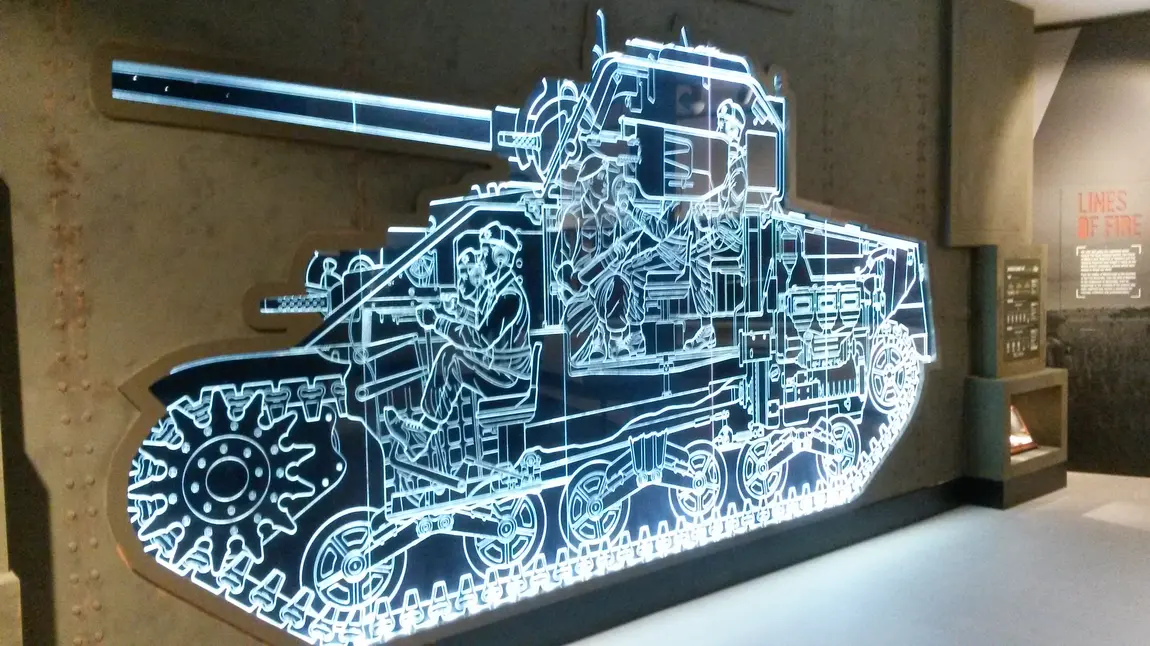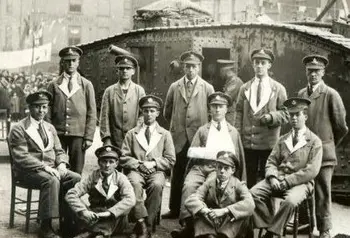York Army Museum open!

The latest project supported by the Heritage Lottery Fund to showcase Yorkshire’s extensive military history was visited by HRH Duke of York yesterday (13 May) to commemorate the opening.
The York Army Museum tells the story of regiments that have been raised in or associated with Yorkshire from 1685 to the present day, and has been modernising its collection and displays to make them more relevant to a 21st century audience with the aim of doubling the number of annual visitors.
The museum, which conserves the heritage of the Royal Dragoon Guards, the Yorkshire Regiment and its antecedent regiments will now offer its visitors the latest interpretation methods telling the personal stories of soldiers and campaign histories down through the years. The re-organised displays and enhanced information will make it easier for residents, visitors and, especially schools, to gain a greater understanding of this aspect of the region’s heritage.
Arms and the (Yorkshire)-man…
In Richmond meanwhile, the Green Howards’ Regimental Museum has just re-opened following a transformation supported by a £974,000 HLF grant. The museum was created in the aftermath of the First World War in which 7,500 Green Howards died and a further 24,000 were wounded. However, the museum’s extensive collection of artefacts recounts the regiment’s history looking back more than 300 years.
The story of another regiment’s exploits are to be found in Doncaster at the museum dedicated to the King’s Own Yorkshire Light Infantry, known as KOYLI, that traditionally drew its recruits from across the former West Riding. A £200,000 grant funded a complete refurbishment and upgrading of the KOYLI Museum, which is housed alongside the Doncaster Museum and Art Gallery.
An ongoing four-year project - Doncaster 1914-18 - backed by a £926,000 grant, is now exploring the ways in which the First World War affected the lives of the town’s residents both on the home front and on active service. This project has been digitising the many military and community records held in Doncaster’s museums, libraries and archives. A website giving access to this information is due to be launched this summer and a series of local exhibitions, The Great War on Tour, will bring information to towns and villages throughout the former West Riding, encouraging local people to contribute their own family memories of KOYLI and the conflict.
Also currently underway is an investigation led by young people into the military history of Thirsk and how the area was affected by the Second World War. Rural Arts North Yorkshire, supported by an HLF grant of almost £15,000, will be helping young people to investigate how the conflict impacted on local life and to record their discoveries working with local artists making full use of digital technology including video and iPads.
Thirsk was a hive of military activity from 1939-45 with barracks and RAF stations, and the Vale of York used for large scale manoeuvres in preparation for D-Day. Canadian bomber squadrons were located nearby and Italian prisoners of war were put to work on farms and in forests.
The largest remaining original Second World War RAF station in Yorkshire that is open to the public is at Elvington where the Yorkshire Air Museum is based. Several HLF grants over the years have supported this popular museum. One such grant aided the acquisition of land at the base to help establish the museum, another helped meet the costs of renovating a Second World War hanger where rare surviving examples of military aircraft could be restored.
A more recent award made possible a special Pioneers of Aviation exhibition so the public could learn about the contribution made to aviation by five individuals associated with Yorkshire, including Sir Barnes Wallace, who, based at nearby Howden, invented the ‘bouncing bomb’ used in the famous Dambusters air raids against Germany.
